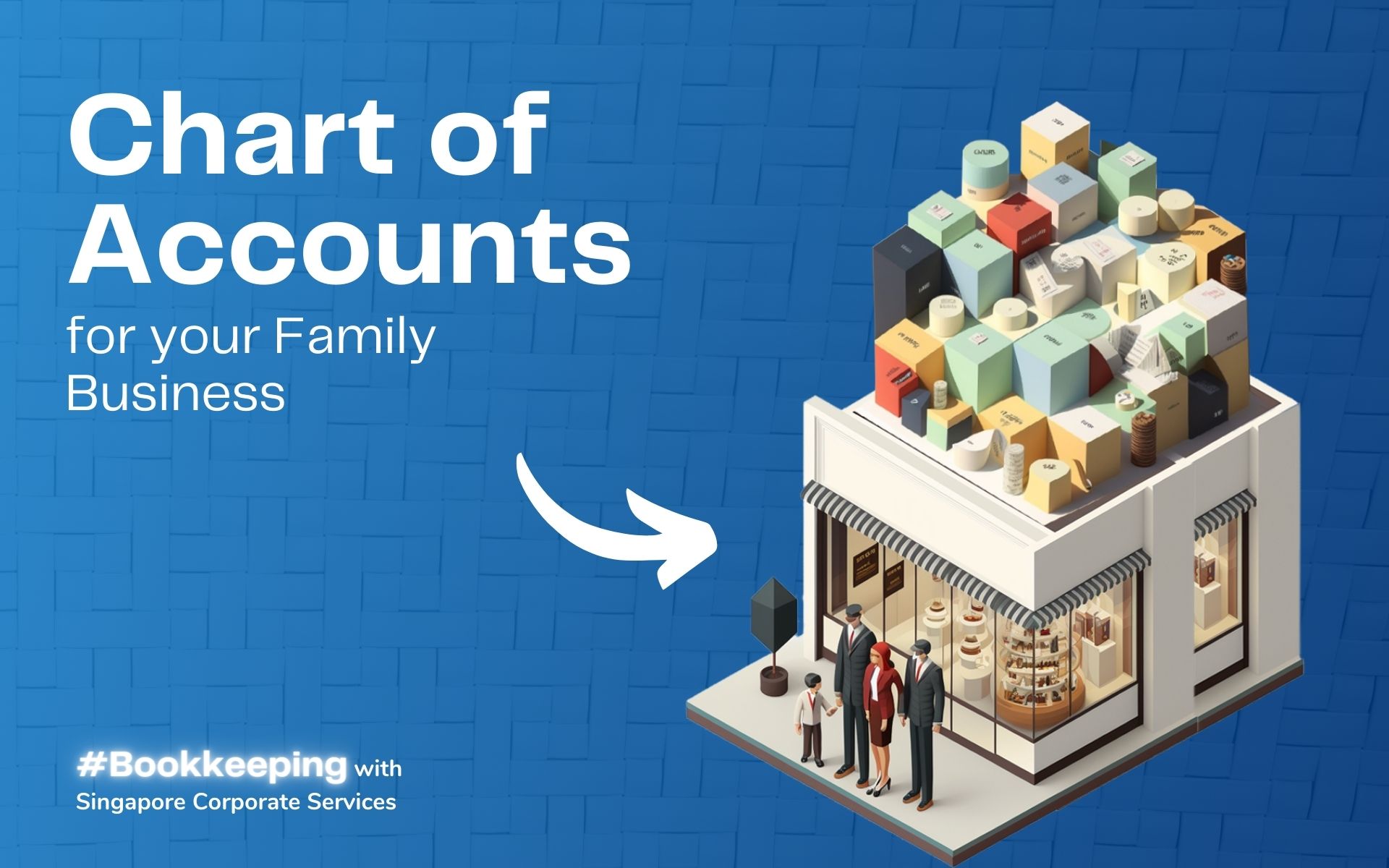An Overview of Bookkeeping Essentials for Family Businesses
Bookkeeping is an essential component of any family business, large or small. It helps track the finances and create accurate financial statements that are used to assess the performance and profitability of a family business. An overview of bookkeeping essentials for family businesses should include topics such as setting up a chart of accounts, understanding the types of transactions, recording all incomes and expenses, balancing a journal, creating financial reports and developing an internal controls system. All these tasks can be tedious and time-consuming, so it is important to find the right bookkeeper to ensure that these duties are carried out properly in order to stay compliant with tax laws and maintain good fiscal health.
Where do we begin?
1. Organising your finances – Chart of Accounts
2. Knowing where your money is – Optimise Cashflow
How to Set Up an Effective Chart of Accounts for a Family Business
What is a Chart of Accounts?
A chart of accounts is a numerical listing of all the accounts that a company has in its general ledger. It is used to organize financial information into logical and consistent categories, such as income, expenses, assets, liabilities, and equity. This allows for better monitoring of business finances and improved decision-making.
Setting up a chart of accounts is an important part of bookkeeping for any family business. It helps to organize financial information in a logical and consistent manner.
This chart will serve as the foundation for many other aspects of bookkeeping and is critical for creating accurate financial statements.
Setting up a chart of accounts involves
Setting up a chart of accounts for a family business may require different steps depending on the size and complexity of the organization.
- Generally, start by organizing the accounts into major categories such as assets, liabilities, equity, income and expenses.
- Within these categories, identify more specific accounts that are relevant to the business’s operations.
- Additionally, individual categories or departments should have their own set of account numbers to track different sources of revenue or costs incurred.
- Finally, set up general ledger accounts for each item in the chart of accounts and assign them accounting numbers in order to make tracking easier.
Your chart of accounts should fit the operational needs and IT processes of your business.
Why hire an accountant to do this for you?
Having an accountant provide a chart of accounts services offers several advantages. An experienced professional can create an organized and accurate chart that best fits the needs of the business, taking into account its financial goals. They can also recommend software and systems that make managing the chart of accounts easier. Finally, they understand tax implications and provide guidance to ensure compliance with relevant regulations.
You may also be interested in...
How to Change Your Company Name in Singapore
A company's name can significantly shape its identity, yet there are times when a change becomes...
Is Singapore a Tax Haven? A Comprehensive Analysis
Is Singapore really a tax haven, or is it simply capitalising on tax policies that spur economic...
Fiscal Year vs Financial Year: Definitions and Implications
Is there a difference between a fiscal year and a financial year? While they both refer to the...




